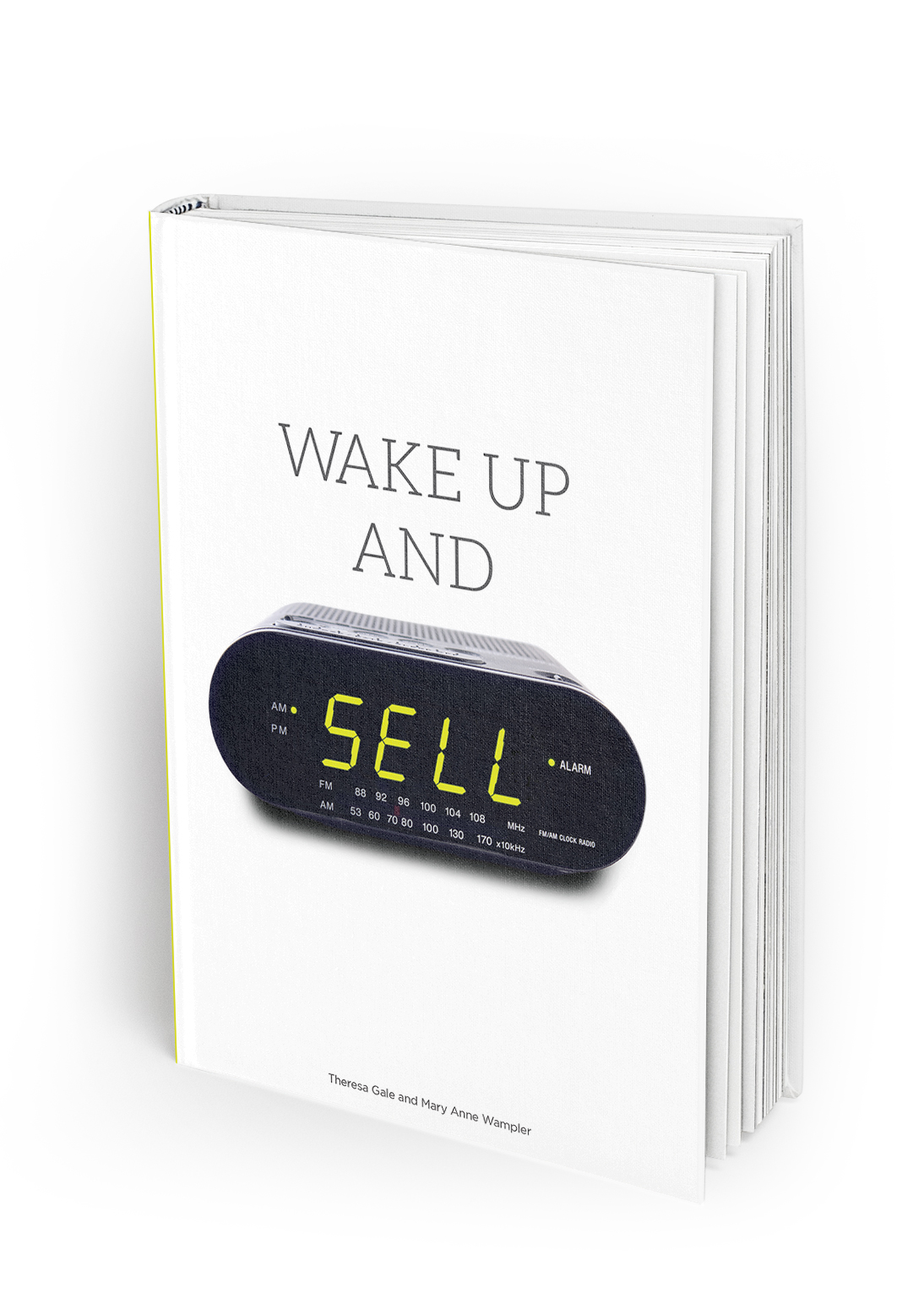It’s not just the volume of emails we get that we hear managers and employees complain about but it is the inappropriate, offensive, or emotionally-charged emails that cause reactivity, distrust and decreased productivity every day in the work place.
How many times have you sent an email that gets misinterpreted or misunderstood? How many times do you receive an email that catches you off guard, on the defensive and/or upset?
Using email communication as the primary mode of communication is at an all-time high and it isn’t going to change any time soon so we have some suggestions on how to minimize reactivity, increase trust and foster productive communication using email in the work place.
- Email should be used to communicate facts not emotions. Summarizing a conversation and listing the next steps agreed to by all parties is a great way to use email. Email is not the place to call someone out, tell them how you feel nor is it the place to vent about a situation, criticize the person (even giving constructive feedback), or use sarcasm to get a point across. All of these should be done in person … Always!
- After 3, pick up the phone. If an email conversation goes back and forth three times, it is much more efficient to pick up the phone and talk to the person directly. We’ve been copied on a lot of emails that have 10 or more threads (back and forths) and we are always left wondering why the person didn’t just pick up the phone and deal with it directly. When debriefing about the situation, the solution often was to do just that and when the person did it, the issue was resolved or completed within minutes. Make it a company policy that after 3, pick up the phone!
- Be very careful who you copy on an email. All too often someone is copied or worse, blind copied, on an email as a way to “CYA” (cover your ***). Even more offensive, is copying or blind copying someone’s manager to make sure the manager is aware that the employee isn’t performing his/her job. Both of these build distrust amongst people rather than trust and when distrust is present, finger-pointing, blaming others, not taking responsibility and low morale follow.
Be very clear about your intention when copying someone on an email. Did you and the person you are writing to agree this person should be copied or did the person you are copying request to be copied on any correspondence sent to this person or when handling a specific issue or account? If you aren’t sure, the rule of thumb is to check it out and confirm who is to be copied on an email with all parties before sending it. If you are a manager, be sure that you let your team members know when you want to be copied on emails but be careful it isn’t a form of “micro-managing” that sends a message that you don’t trust the employee to handle a situation.
We don’t see the volume of emails decreasing but we do believe that companies should have some clear guidelines for when and how to use email effectively. Remember, it only takes one interaction to destroy trust … be sure every touch, and that includes an email, is exactly the experience you want someone (customer, employee, vendor, partner, etc.) to have of your company. Lastly, being different from your competition may just come down to who picks up the phone to connect with a customer and who doesn’t. Don’t lose personal touch… it may just be the very thing that earns you that new account over your competition!



